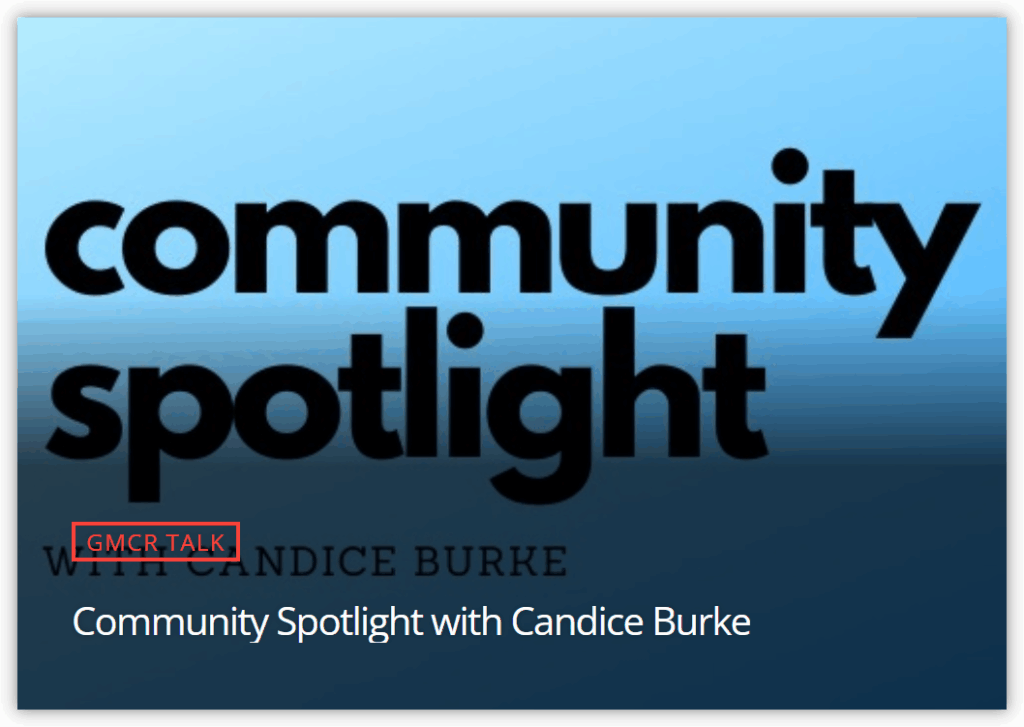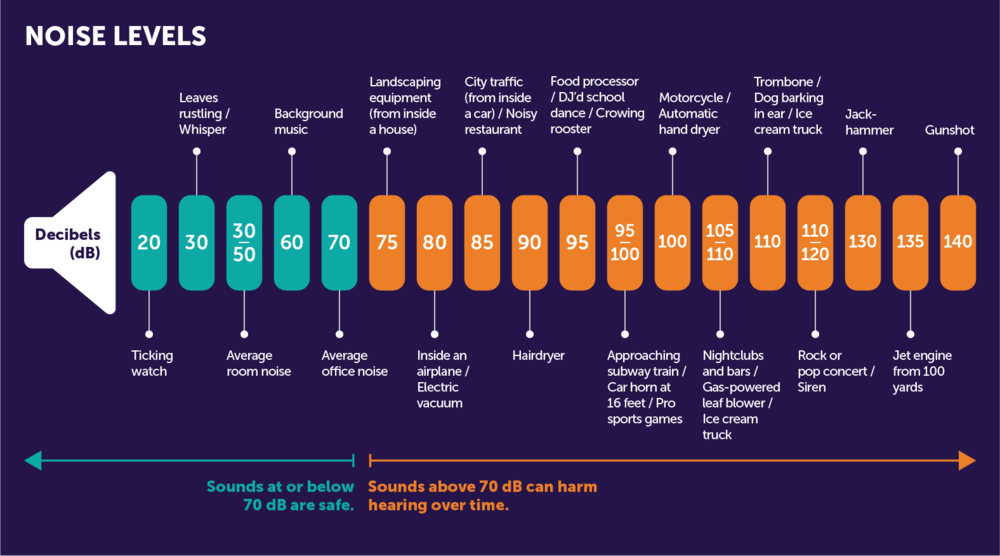Silver City has a noise problem, and one of the principal causes is vehicles with illegally modified exhaust systems. Using the free NIOSH app, one can stand on any busy street corner and record vehicles exceeding 95 db, and some as high as 120 or 130 db. Our local legal limit is 93-99, depending on vehicle type, and sustained exposure to noise levels above 85 db causes hearing loss and a host of other health issues.
85 decibels is the threshold at which hearing damage can occur with prolonged exposure. While few if any vehicles are generating sustained levels above 85 db, the problem is that
- the noise is recurrent,
- there is growing evidence that repeated exposure to noise levels less 85 db can cause other health effects besides hearing loss.
If You Hear Something, Say Something!
Have you tried reporting vehicle noise multiple times, and been discouraged by the lack of response? You might be surprised to learn that many of your neighbors share your concerns! One of the main goals of livablesilvercity.org is to encourage residents to speak out and initiate a community conversation about how to mitigate excessive vehicle noise.
Use the form below to anonymously post about excessive noise you have witnessed. Please be as specific as possible about where and when you are witnessing vehicle noise ordinance violations. We will share your comments here with no personally identifiable information.
You Are Not Alone! Here’s What Your Neighbors Are Saying:
The rumble of trucks accelerating up the Swan St hill near the elementary school is driving me crazy! Just when it gets quiet another one goes revving up the hill. It can’t be good for the kids, teachers, or us neighbors. Please help!
We live near the university. A white Honda with NM plate #BFAL08 with a modified exhaust system runs up and down College, across E, up to the dorms, down 12th and through town, many times a day, blasting the town with what sounds like hyper-amplified fart noises. This has been going on FOR YEARS.
Hello and thank you for what you are doing. I sent emails to Nick Prince and Mayor Ladner. I received a lengthy email in return from Nick as well as a short dismissive email from the Mayor. I live directly north of the college … and the Mayor said that this area is under jurisdiction of the college whom I have complained to twice already (campus police) and nothing has changed. Please keep me in the loop!
A grey Dodge Charger, NM plate RWA655, with an exhaust system so loud it sounds like shotgun fire, has been terrorizing the University neighborhood. The driver stopped me and asked if there was a problem. I said his car was too loud. He cussed me out and sat at the intersection, gunning the engine. I called it into Central Dispatch, but nothing happened
Report Excessive Vehicle Noise

Concerned citizens join Community Spotlight host Candace Burke to discuss problems with vehicular noise in Silver City, New Mexico
October 31, 2024
Follow Up: KURU Community Spotlight
Highlights from the episodes of January 9 and January 30, 2025
A Global Problem
According to the World Health Organization, environmental noise is on the rise, especially in urban areas. Here are some eye-opening facts:
- Urban noise levels have increased by an average of 0.5 to 1 decibel per year over the past three decades.
- In some cities, daytime noise levels regularly exceed 85 decibels – the threshold at which hearing damage can occur with prolonged exposure.
Urban noise levels have increased by an average of 0.5 to 1 decibel per year over the past three decades.
–World Health Organization
In some cities, daytime noise levels regularly exceed 85 decibels – the threshold at which hearing damage can occur with prolonged exposure.
Health Effects of Noise Exposure
Data collected by Environmental Science Pollution Research indicates demonstrates that traffic noise is a significant factor contributing to the development of cardiovascular diseases, metabolic dysregulation, cognitive impairment, and neurodegenerative disorders. When exposed to noise, the body activates the hypothalamic–pituitary–adrenal axis and the sympathetic nervous system, leading to the secretion of stress hormones like catecholamines and cortisol. Prolonged exposure to noise-induced stress results in chronic inflammation and oxidative stress.
According to the World Health Organization, at least 1.6 million healthy life years are lost annually from traffic-related noise in Western Europe. WHO recommends that exposure to road traffic noise be limited to below a weighted 24-hour average of 53 dB (the sound of a campfire from about 16 feet away) during the day, evening, and night and 45 dB specifically at night (the sound of light traffic about 100 feet away).

From Hear.com
Who is affected?
Some groups are more vulnerable to noise. Chronically ill and elderly people are more sensitive to disturbance. Shift workers are at increased risk because their sleep structure is under stress. Veterans suffering from PTSD are very sensitive to excessive noise. Those who can’t afford to live in quiet residential areas or who have adequately insulated homes suffer disproportionately. Children are also particularly sensitive to noise and studies show that consistent exposure to noise harms cognitive performance and results in impaired well-being and motivation.
How loud is too loud?
The WHO guidelines for community noise recommend less than 30 A-weighted decibels (dB(A)) in bedrooms during the night for a sleep of good quality and less than 35 dB(A) in classrooms to allow good teaching and learning conditions.
The WHO guidelines for night noise recommend less than 40 dB(A) of annual average (Lnight) outside of bedrooms to prevent adverse health effects from night noise.
How many people are affected?
According to a European Union (EU) publication:
- about 40% of the population in EU countries is exposed to road traffic noise at levels exceeding 55 db(A);
- 20% is exposed to levels exceeding 65 dB(A) during the daytime; and
- more than 30% is exposed to levels exceeding 55 dB(A) at night.
If It Sounds Too Loud, It Is Too Loud
Decibels are the unit of measurement for sound, abbreviated dB. Sounds at or below 70 dB are considered safe for our hearing. That’s the sound of a normal conversation between two people.
Sounds above 70 dB can damage hearing over time.
Like the Richter scale for measuring earthquakes, the decibel scale is logarithmic. This means that loudness is not directly proportional to sound intensity. Instead, the intensity of a sound grows very fast. A sound at 20 dB is 10 times more intense than a sound at 10 dB, and would be perceived as twice as loud.
Take Action!
If you are tired of car, motorcycle and truck noise invading your home, here are some ways to get involved:
- Email your representatives. Addresses below.
- Mayor Ken Ladner
- Councilor Rudy Bencomo – District 1
- Councilor Nicholas Prince – District 2
- Councilor Stan Snider – District 3
- Councilor Guadalupe Cano – District 4
- Find your district
- Comment on Grant County’s Comprehensive Plan
- Speak up at Town Council Meetings. Regular meetings are scheduled for 6 pm on the second and fourth Tuesday of each month.
